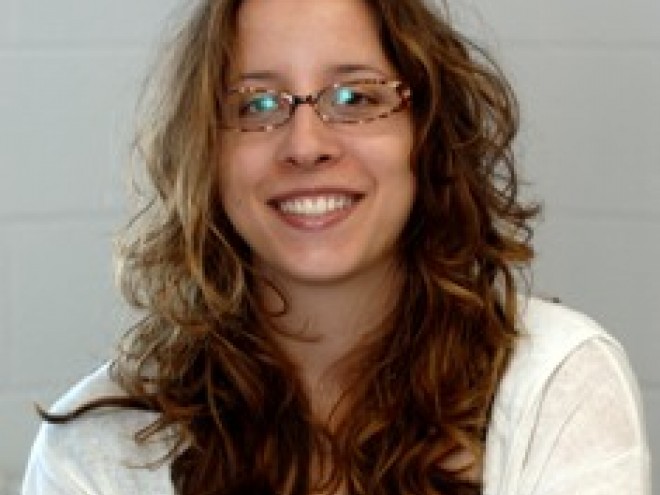Until the mid-1960s, Orthodox Judaism was viewed as a marginal feature of American Jewish life which, in the words of the influential sociologist Marshall Sklare, was experiencing “institutional decay.” Fast forward to 2013 with the publication of the Pew Report, which offered a radically different view — that Orthodoxy was the most vibrant sector of Jewish life with the lowest intermarriage rates and highest likelihood of Jewish continuity.
The communal turning point in 1965 was the publication of an essay by Charles Liebman in the American Jewish Yearbook which pointed to the vitality and bright future of Orthodoxy. By then, the institutional infrastructure had become more solid: there were many more synagogues with the kind of decorum to be found in the more liberal branches, the number of Orthodox Day Schools had expanded nationally (although many of their students were not Orthodox), organizations like the National Conference of Synagogue Youth were providing meaningful activities for teens, the children of Holocaust survivors were moving into adulthood, and the Orthodox community was becoming more affluent.
Adam Ferziger looks backward and forward from Liebman’s seminal work. In a series of interconnected essays, he traces the evolution of Orthodox Judaism in the U.S., focusing on some of the schisms but also the development of what some consider to be the “triumphalism” of American Orthodoxy at the present time.
He accomplishes this by presenting a debate between two Orthodox rabbis in the 1920s and the current debate over the integration of feminist ideals in communal institutions; a discussion of the evolution of Manhattan’s Congregation Kehilath Jeshurun, which served as a model of decorum and the sponsor of an early coed day school; the Orthodox-led Soviet Jewry movement, which brought together a broad cross section of Jews; and the expansion of outreach programs, evidence of a more cosmopolitan focus on the part of right wing Yeshivish and Lubavich segments of the Orthodox community.
Ferziger traces important realignments such as the growing split between so-called “Open” Orthodoxy and the rightward turn of the Jewishly well-educated children of modern Orthodox parents. While generally comprehensive, the discussion overlooks some important initiatives, including centrist Orthodox outreach such as the multi-denominational National Jewish Outreach Program (NJOP) and the Orthodox Union’s Jewish Learning Initiative on Campus. He also overlooks the striking lifestyle differences between Orthodox and non-Orthodox youth today which make it difficult for the former to actively participate in events like the March of the Living which are not under Orthodox auspices. But the book’s central idea is highly original: that the current strength of Orthodox Judaism contributes to a confident stance vis-à-vis non-observant Jews and the ability to reach out to them in order to promote Jewish continuity.
Related Content:





